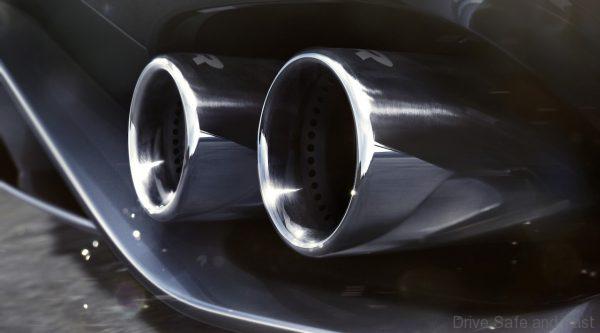The whole movement towards zero emissions vehicles may not mean quite as much as environmentalists think, according to this study by Emissions Analytics, a UK-based independent real-world emissions and fuel efficiency testing company.

According to studies conducted by the company, tyre and brake wear results in pollution that’s up to 1000 times worse than tailpipe emissions. And because SUVs and electric vehicles are both much heavier than conventional hatchbacks and sedans, there’s a huge chance that something like a Tesla Model Y puts out more pollutants in its lifetime than a Civic!

The example given by Emissions Analytics put correctly inflated tyres at polluting some 5.8 grammes of particles per kilometre while tailpipe emissions stood at about 4.5 milligrammes of particles.

What’s most concerning is that there isn’t much in the way of regulations around this sort of non-exhaust emissions. The EU and other regulatory bodies are more obsessed with pushing manufacturers into making more complex, tougher to repair engines for the sake of tailpipe emissions and they’ve completely ignore this other aspect of pollution.
It stands to reason then, that if you want to reduce emissions, the best way is to drive a lighter car in a more relaxed and predictable manner. In the mean time, we call on tyre and brake manufacturers to step up to this problem and produce more eco-friendly products.
Here’s the press release from Emissions Analytics with more.
Press Release
Harmful particle matter from tyres – and also brakes – is a very serious and growing environmental problem, one that is being exacerbated by the increasing popularity of large, heavy vehicles such as SUVs, and growing demand for electric vehicles, which are heavier than standard cars because of their batteries.
What’s more, vehicle tyre wear pollution is completely unregulated, unlike exhaust emissions which have been rapidly reduced by car makers thanks to the pressure placed on them by European emissions standards. New cars now emit very little in the way of particulate matter but there is growing concern around ‘non-exhaust emissions’.
Non-exhaust emissions (NEE) are particles released into the air from brake wear, tyre wear, road surface wear and resuspension of road dust during on-road vehicle usage. No legislation is in place to limit or reduce NEE, but they cause a great deal of concern for air quality.
NEEs are currently believed to constitute the majority of primary particulate matter from road transport, 60 percent of PM2.5 and 73 percent of PM10 – and in its 2019 report ‘Non-Exhaust Emissions from Road Traffic’ by the UK Government’s Air Quality Expert Group (AQEG), it recommended that NEE are immediately recognised as a source of ambient concentrations of airborne particulate matter, even for vehicles with zero exhaust emissions of particles – such as EVs.
To understand the scale of the problem, Emissions Analytics – the leading independent global testing and data specialist for the scientific measurement of real-world emissions – performed some initial tyre wear testing. Using a popular family hatchback running on brand new, correctly inflated tyres, we found that the car emitted 5.8 grams per kilometer of particles.
Compared with regulated exhaust emission limits of 4.5 milligrams per kilometer, the completely unregulated tyre wear emission is higher by a factor of over 1,000. Emissions Analytics notes that this could be even higher if the vehicle had tyres which were underinflated, or the road surfaces used for the test were rougher, or the tyres used were from a budget range – all very recognisable scenarios in ‘real world’ motoring.
About Emissions Analytics
Emissions Analytics is the leading independent global testing and data specialist for the scientific measurement of real-world emissions and fuel efficiency for passenger and commercial vehicles and non-road mobile machinery.
Emissions Analytics seeks to bring transparency to a confused market sector. It publishes the EQUA Index of real world driving emissions, and works with clients around the world to establish accurate emissions measurement and data requirements.